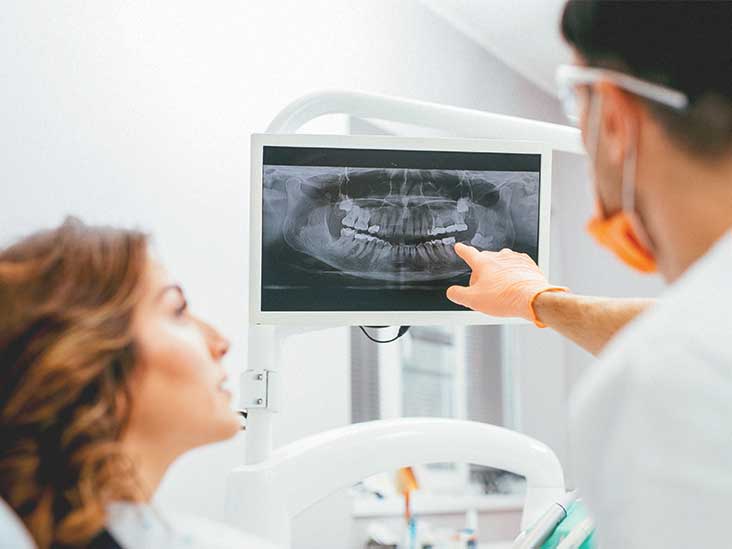Cleaning Services and Packages

Bitewings
These X-rays help dentists detect cavities between teeth, assess dental fillings, monitor gum health and identify infections or abnormalities near the tooth roots. They are a safe and essential tool for comprehensive dental examinations and preventive care.
Periapical
A periapical X-ray captures a detailed image of a single tooth from the crown to the root, helping our doctors diagnose issues like abscesses, infections, and bone changes around the tooth. It provides a comprehensive view of the tooth’s health for better treatment decisions.
Panoramic
A panoramic X-ray captures a wide view of the entire mouth, including all teeth, the jaw, and surrounding structures in a single image. It is useful for evaluating overall dental health, detecting dental issues, and planning treatments like orthodontics or dental implants.
Cephalogram
A cephalogram X-ray is a specialised dental radiograph that provides a side profile view of the head and facial structures. It is used in orthodontics to assess facial growth, jaw relationships, and tooth positioning for treatment planning.
Cone Beam Computed Tomography (CBCT)
Cone Beam Computed Tomography (CBCT) in dentistry is a 3D imaging technique that provides detailed views of the oral and maxillofacial region. It is used for precise treatment planning in dental implants, orthodontics, endodontics, and oral surgeries.
Dental X-rays are safe and highly advantageous for your oral health. The radiation exposure from these X-rays is minimal and not a cause for concern. In fact, in your everyday life, you are exposed to higher levels of radiation from various different sources than what you experience during a dental X-ray over the course of a year. Despite their overall safety, there are specific situations where dental X-rays may not be recommended.
Pregnant women should refrain from undergoing X-rays until after giving birth to protect the health of the developing fetus, which is more susceptible to radiation-related issues than adults. However, it’s essential to continue regular dental check-ups during pregnancy.
The frequency of X-rays required varies depending on your age and oral health.
For Adults:
The frequency of X-rays recommended for adults depends on their dental history and dietary habits. If you have a history of many fillings and consume a high-sugar diet, your dentist might suggest X-rays every 6-18 months. However, if you have a cavity-free record and keep sugar intake to a minimum, X-rays may be needed only once every 24-36 months.
For Children and Teens:
Children and teens with prior fillings or a sugary diet are likely to require dental X-rays every 6-12 months. For kids under 12 without any fillings, X-rays might be necessary once every one to two years.
As teenagers, the frequency may decrease to around every 18-36 months.